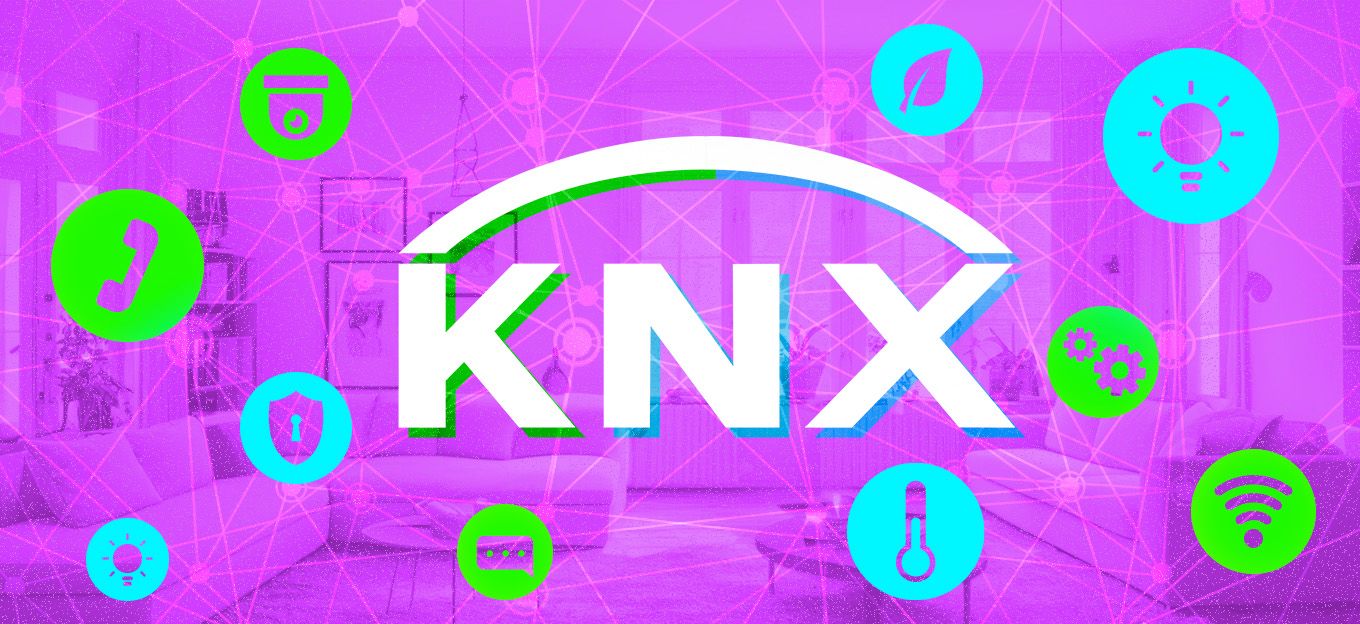Busting 3 Myths About Smart Apartments
Busting 3 Myths About Smart Apartments
- Last Updated: December 2, 2024
STRATIS IoT
- Last Updated: December 2, 2024



Smart apartments aren’t scary…or are they? With the growing IoT market, the number of questions that people have about smart devices and smart apartments also continues to rise. There are various myths and mysteries floating around about IoT, and some of them are frightening. But, as with any technology, you can banish your fears with some solid research and find out what the truth is about these smart apartment myths.
'Cybersecurity must be a priority for all multi-family IoT solutions providers, as a careless attitude towards security can cause great harm.' -STRATIS IoT
Let’s Explore Some Smart Apartment Myths.
1. Smart apartments are easy to hack.
Every technology brings the risk that ill-intentioned people will manipulate system vulnerabilities. Cybersecurity must be a priority for all multi-family IoT solutions providers, as a careless attitude towards security can cause great harm. In 2021, hackers accessed the networks of Colonial Pipeline Co. through just one compromised password. This led to the largest fuel pipeline in the U.S. shutting operations down and causing gasoline shortages on the East Coast.
In multi-family apartments, technology touches sensitive data about the daily lives of residents, property staff, and other stakeholders. Fortunately, there are audits and practices that access an organization’s systems to make sure they are secure. Companies have a choice to go through these audits, which will tell you two things about a company: 1) that they care about security and seek these audits out, and 2) that they can share unbiased, third-party audits with prospective customers.
Prospective customers have every right to know about a company’s security practices. Before proceeding with smart apartments, take a look into the provider’s security measures, which can often be in the form of a Service Organization Controls (SOC, pronounced as “sock”) report. The company might be ISO compliant, so you should learn about the differences between ISO and SOC. For more information, you can also ask whether the company is able to deliver third-party penetration testing results and static code reviews.
2. Smart apartments are expensive, with no return on investment (ROI).
Smart apartments are an investment, and, with the right technology, they can bring a rapid return. Multi-family portfolio owners can benefit immensely from IoT platforms that can be adopted and then expanded through smart devices all connected to one platform, or “fleet management.”
Be aware of the distinct differences between multi-family IoT solutions and single-family solutions that have been hastily adapted to multi-family housing. Technology and practices catered to single-family homeowners can either leave out multi-family residents, staff, and/or owners from participating or provide limited impact. An example of this would be resident unit-based network hubs, which are not only inefficient but also pose major security concerns. The right solutions created for multi-family apartments will reduce operating expenses and promote sustainability, which a majority of residents care about. Also, smart apartment infrastructure can future-proof your property, which can raise the property’s value and provide a foundation for easy future upgrades, rather than a complete overhaul of technology every few years.
3. Smart apartments might improve each apartment unit, but provide no property-wide benefits.
Smart apartments can provide a more personalized living experience to each resident, not only in their unit but also across their apartment community. Within a resident’s unit, a smart apartment can customize their experiences with temperature, humidity, lighting, shades, and more with automation. Some of those same features in apartment units can regulate common areas for building-wide water, energy, and waste efficiency as well as comfort.
For example, an automated thermostat control that takes into account a resident’s optimal temperature can provide vacant unit control for property staff, so they don’t have to manually check and adjust thermostats. In addition, leak detection in units and across the property reduces risk and loss from water damages. This is crucial because water leaks can result in multi-unit damage if left without immediate attention. In fact, water leaks can waste about 9,400 gallons of water annually for the average American family.
Every resident produces trash, and smart waste management can reduce costs for property owners and residents as well as promote a more sustainable approach to trash across the property. According to the 2020 National Multifamily Housing Council (NMHC) and Kingsley Associates Apartment Resident Preferences Report, which surveyed 373,000 apartment residents from 5,336 professionally managed apartment communities, residents stated that they aren't interested in/won’t rent an apartment in a building without a recycling program (79.3 percent) or community green initiatives (73.0 percent).
A holistic smart apartment approach recognizes that the residents' living experience extends beyond the unit. As with any developing technology, there’s a lot of misinformation and myths about smart apartments out there. But, by being curious and confronting your questions, you can find out the truth about smart apartments.
The Most Comprehensive IoT Newsletter for Enterprises
Showcasing the highest-quality content, resources, news, and insights from the world of the Internet of Things. Subscribe to remain informed and up-to-date.
New Podcast Episode

Moving Past the Pilot Phase in IoT and AI
Related Articles





